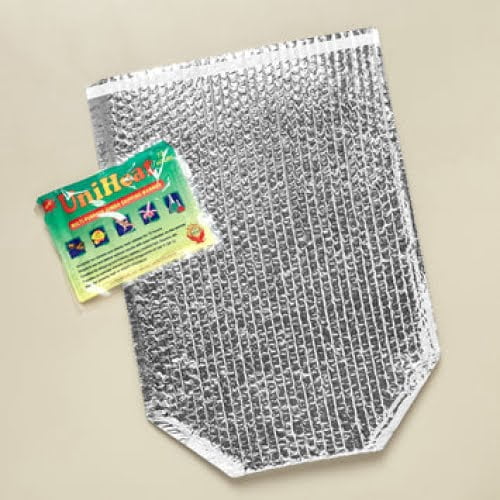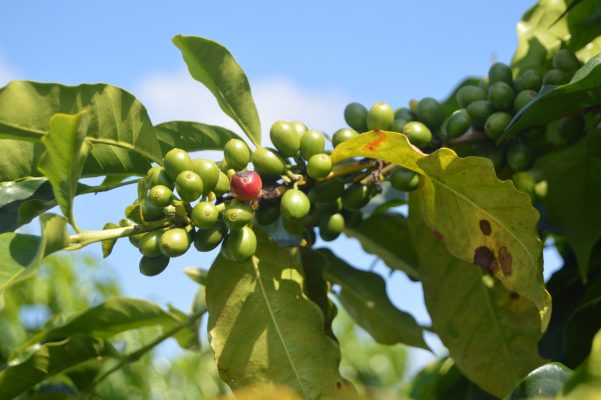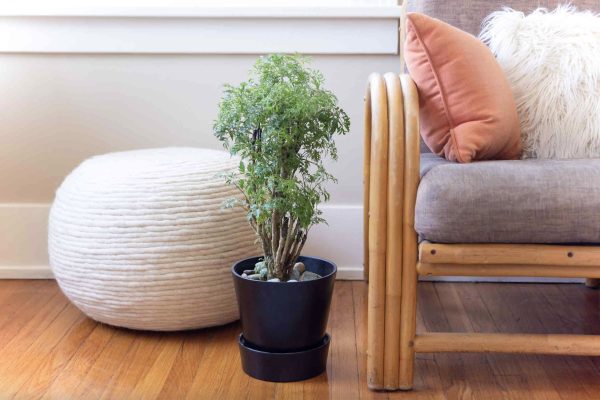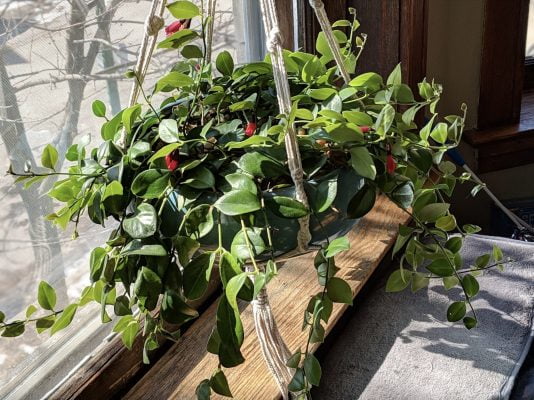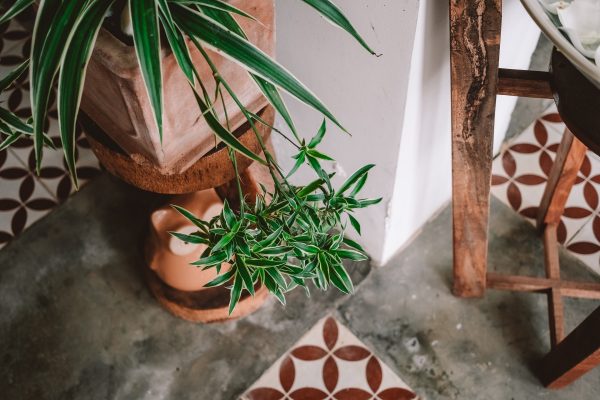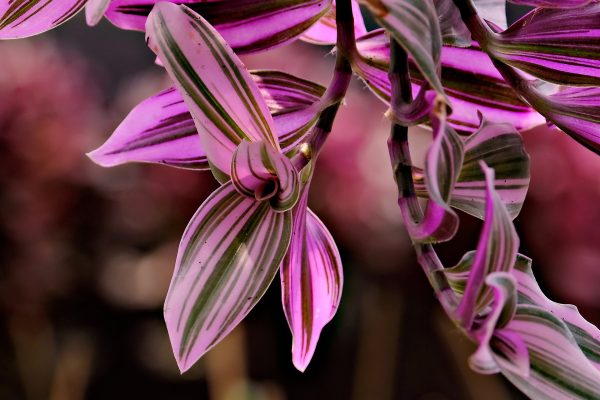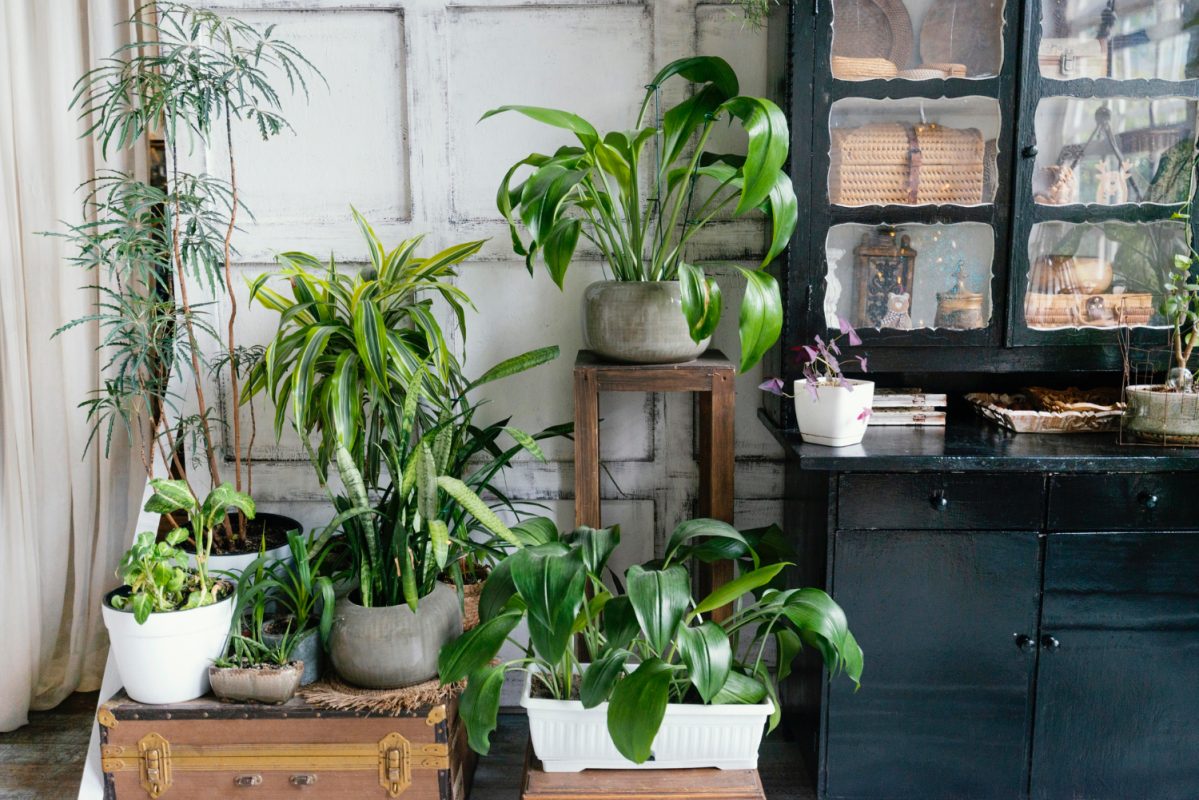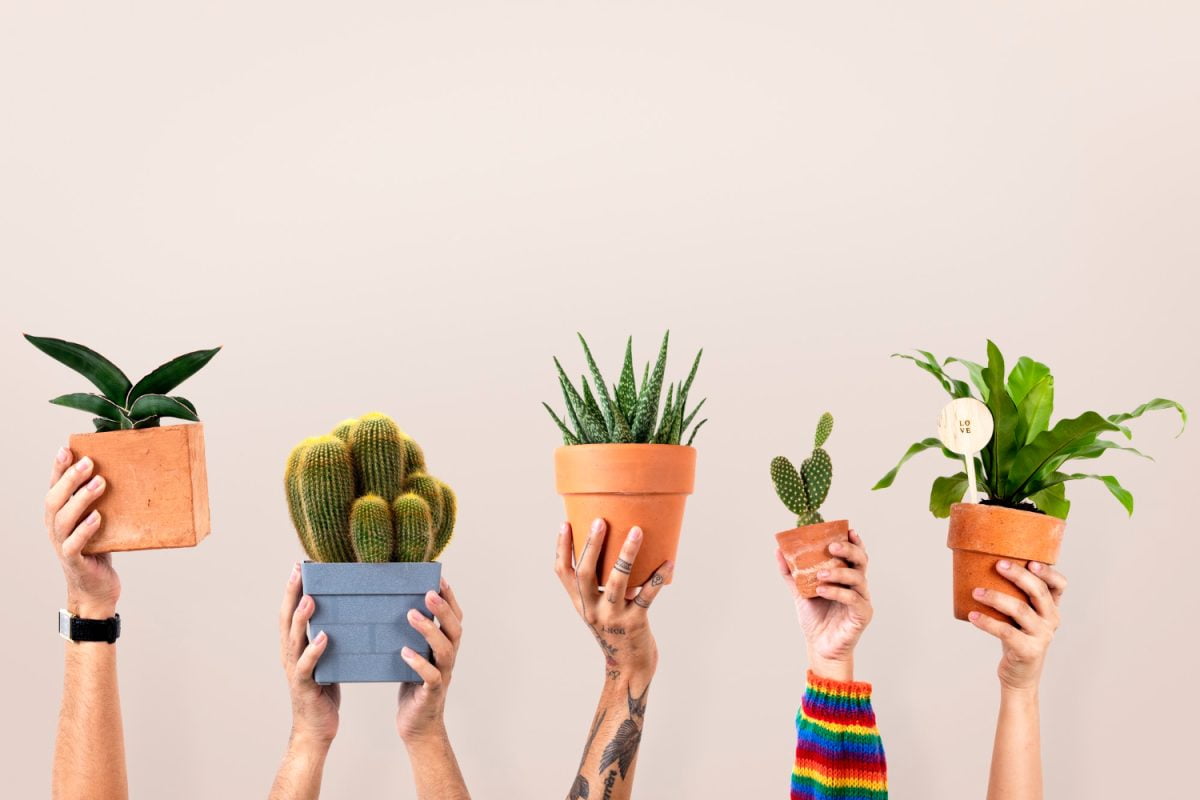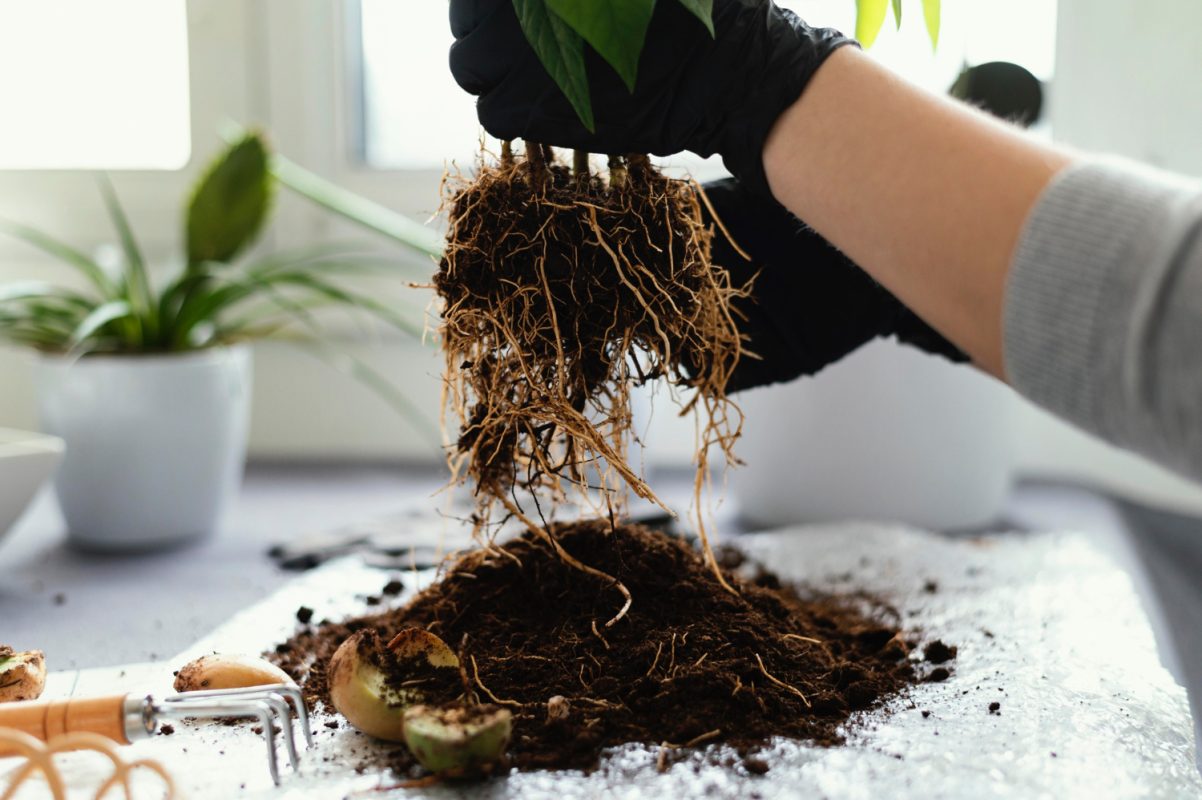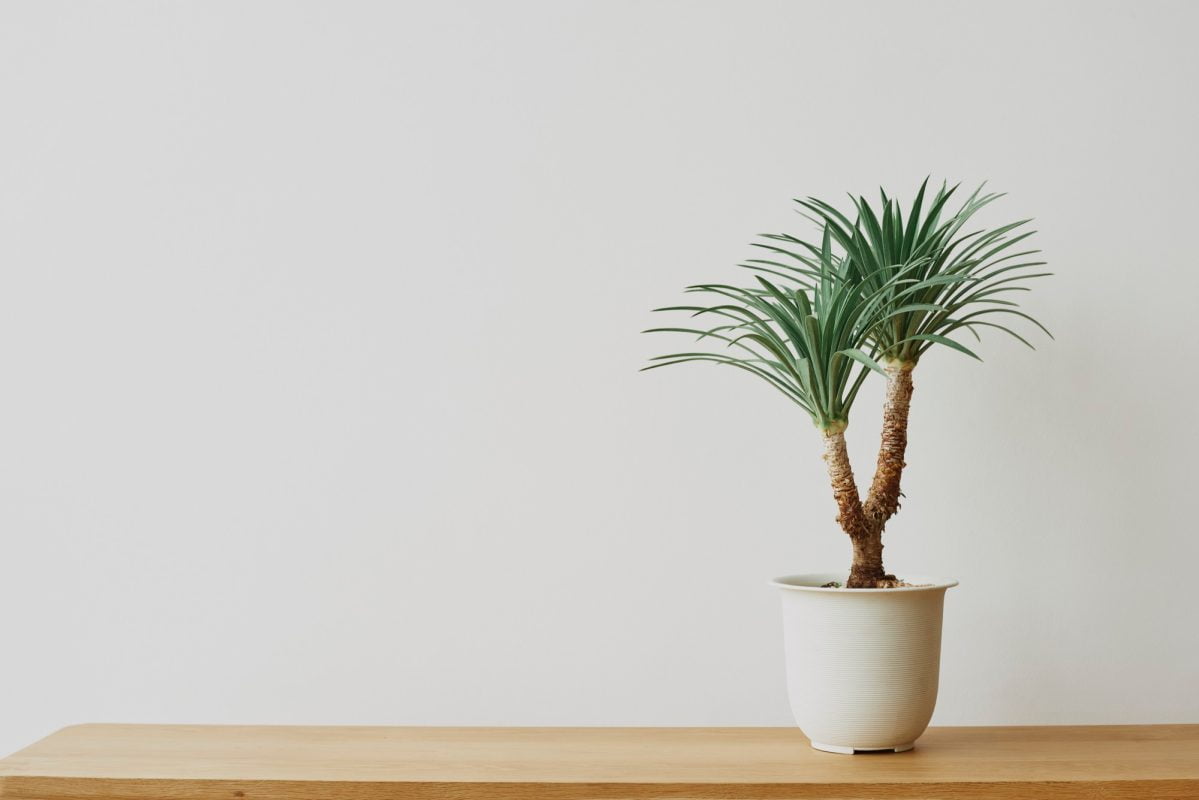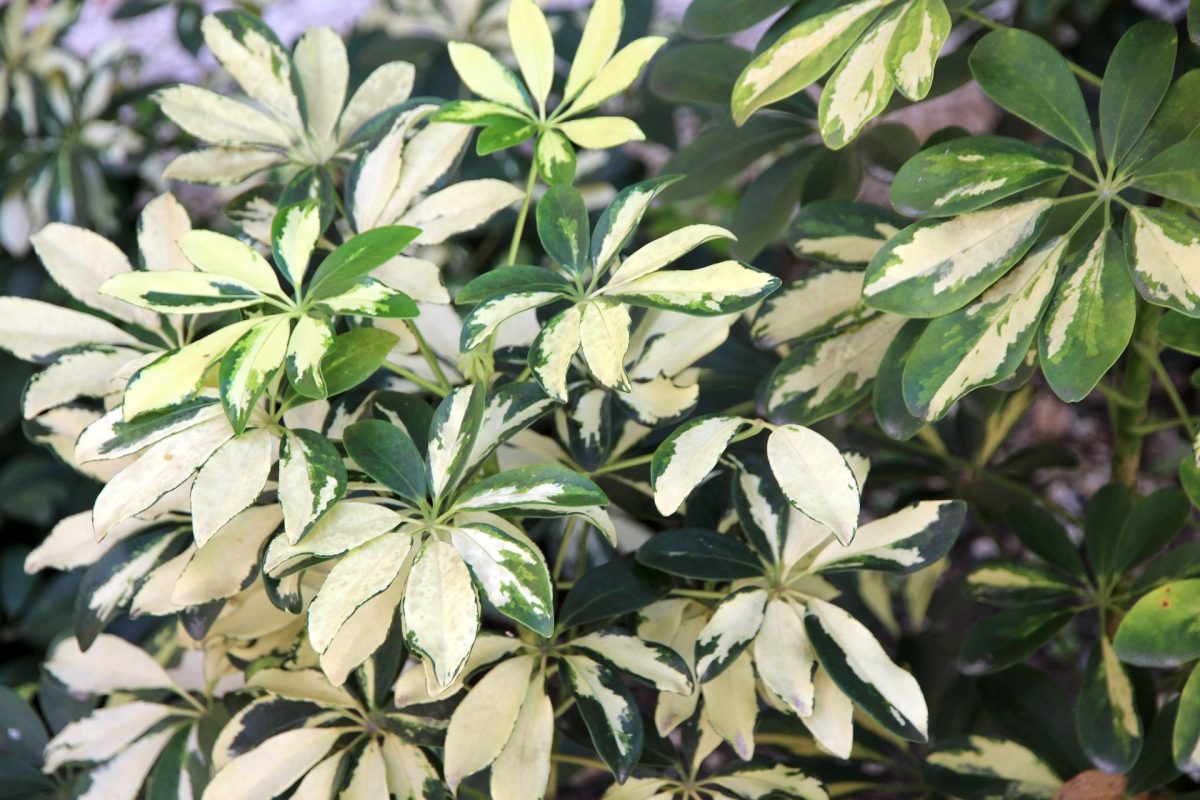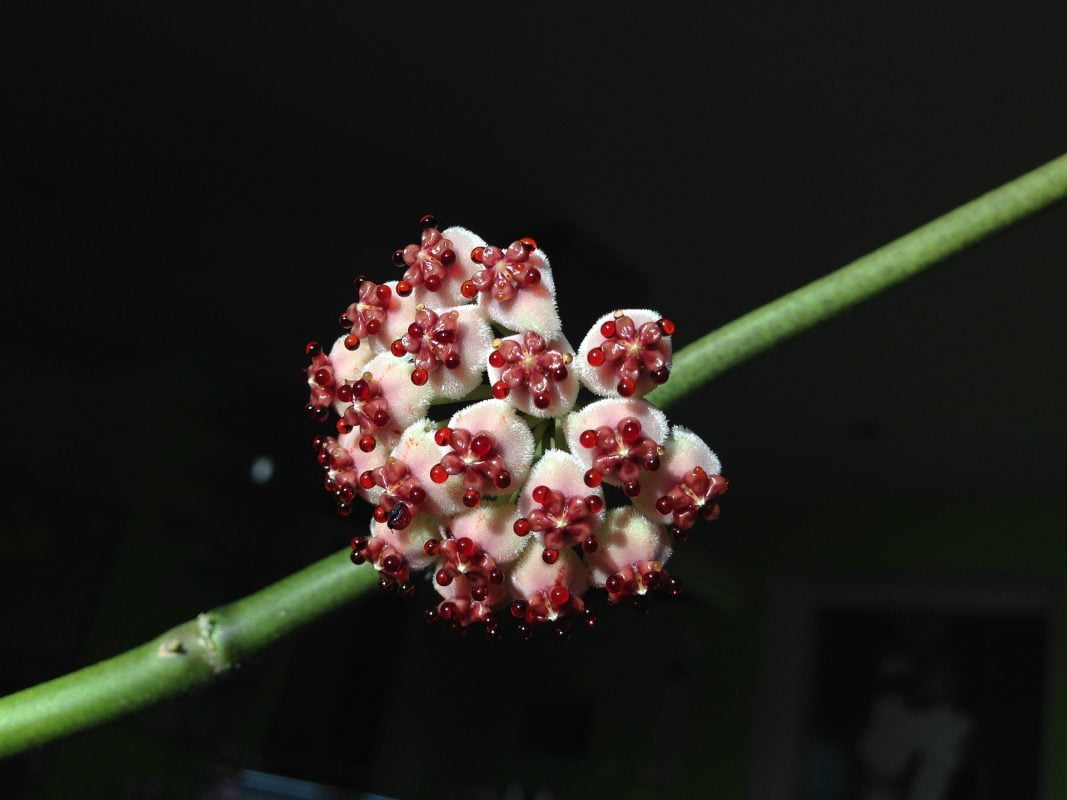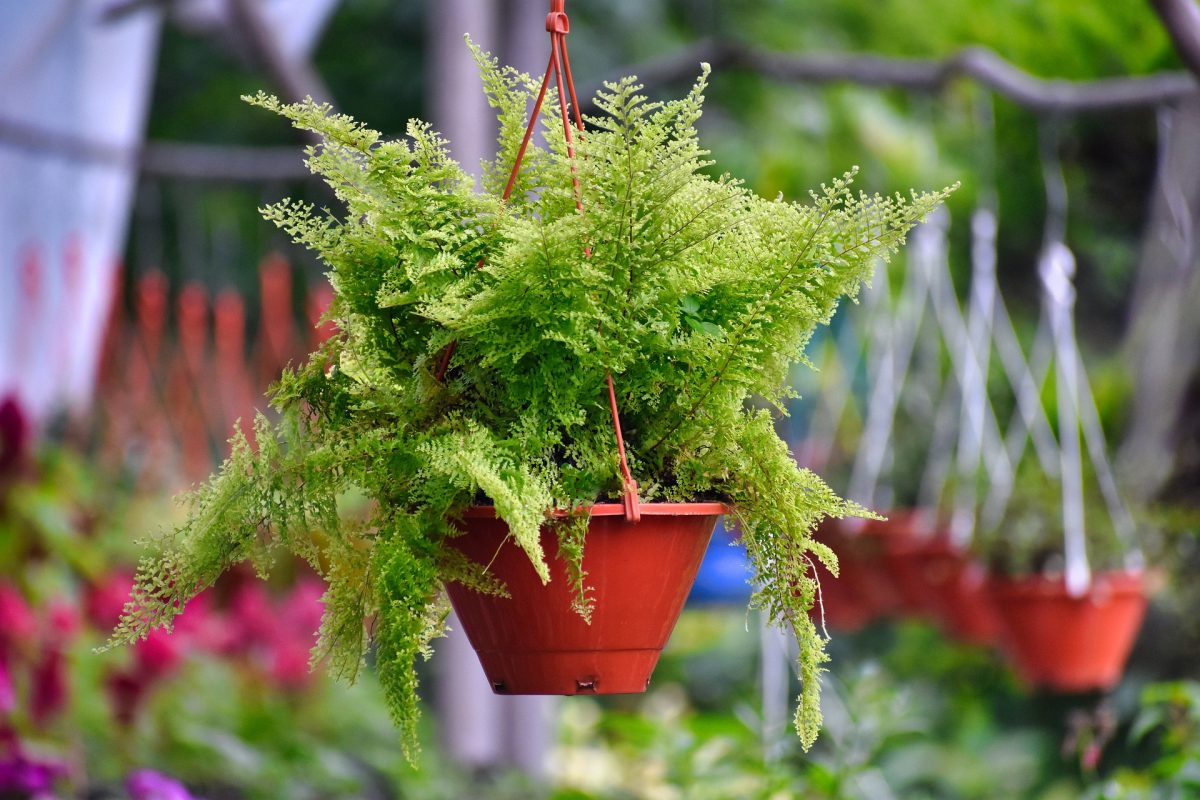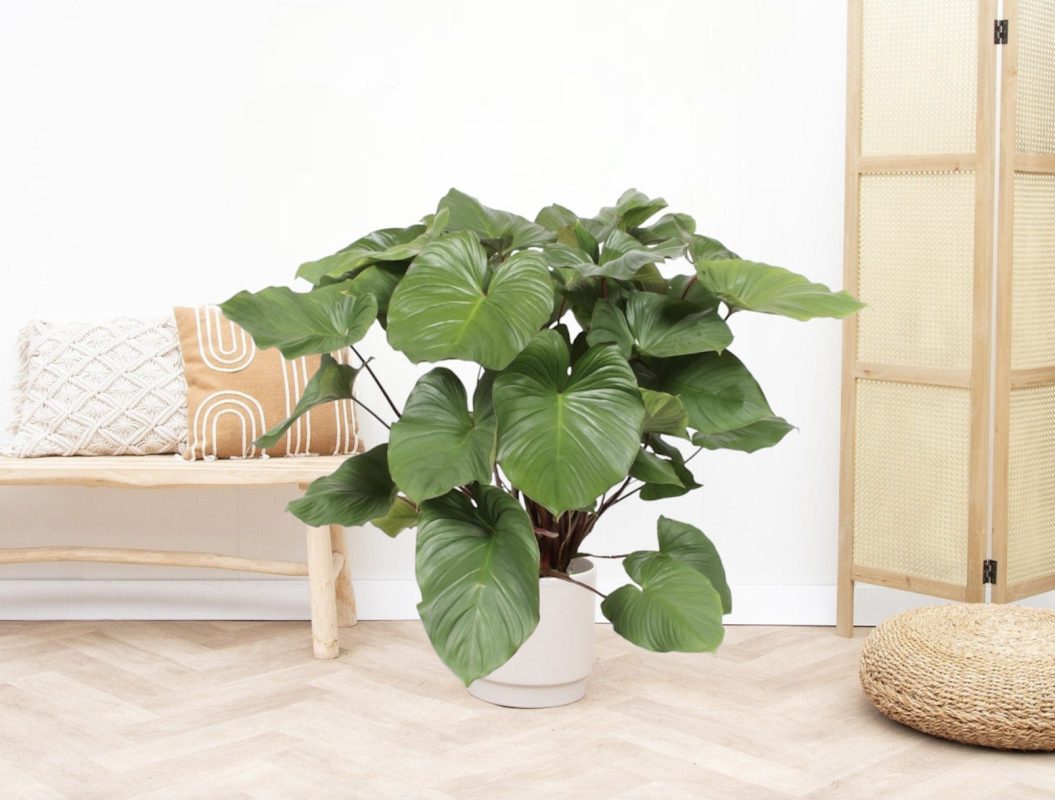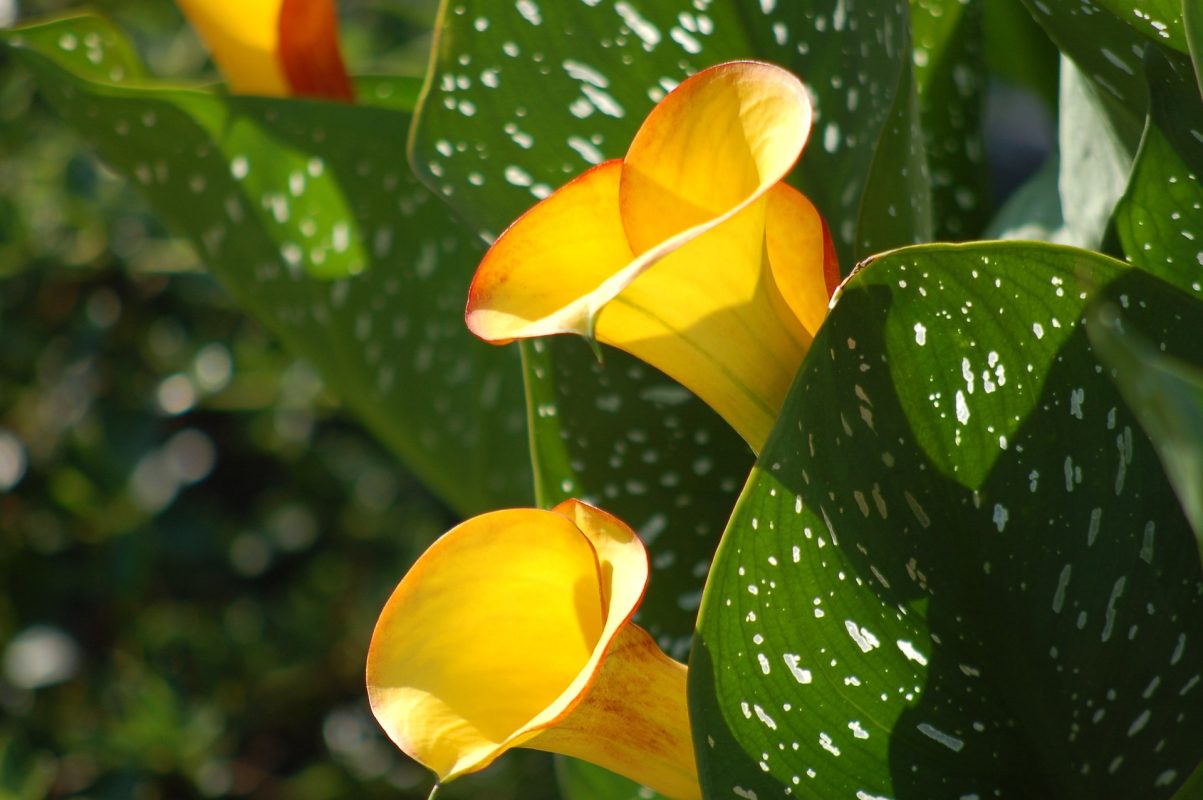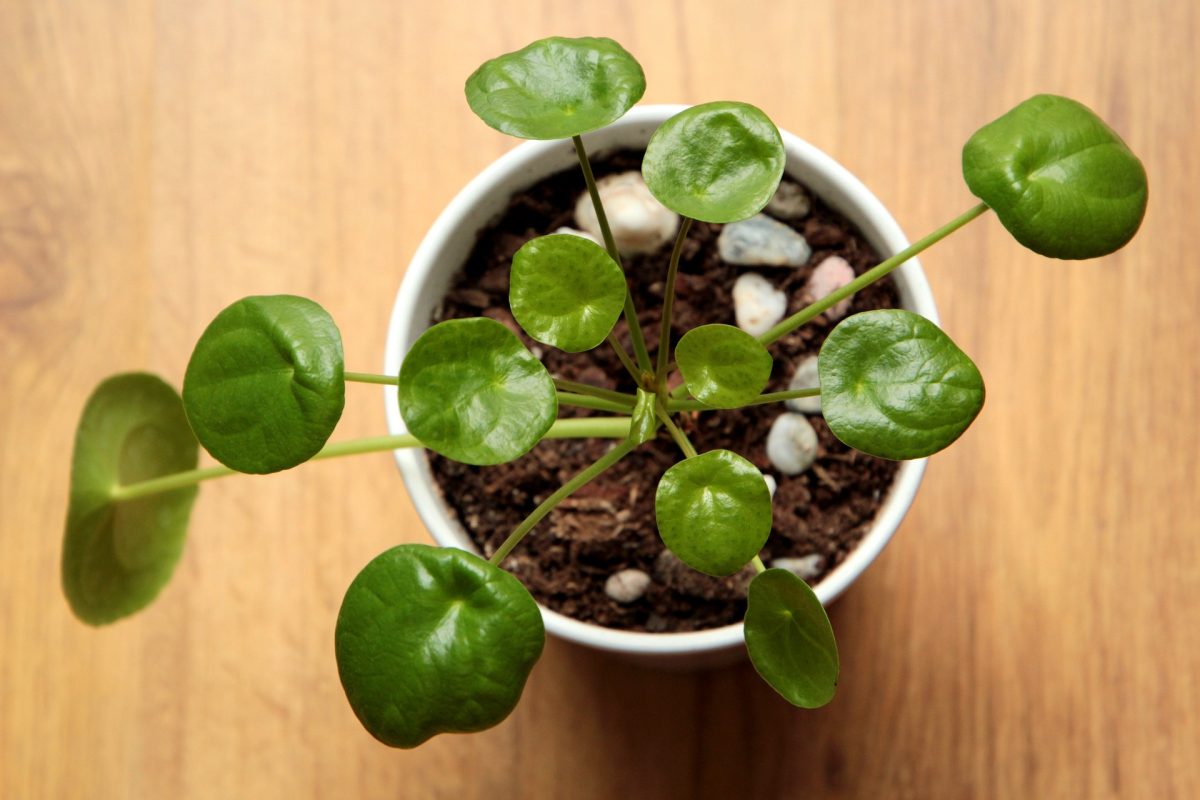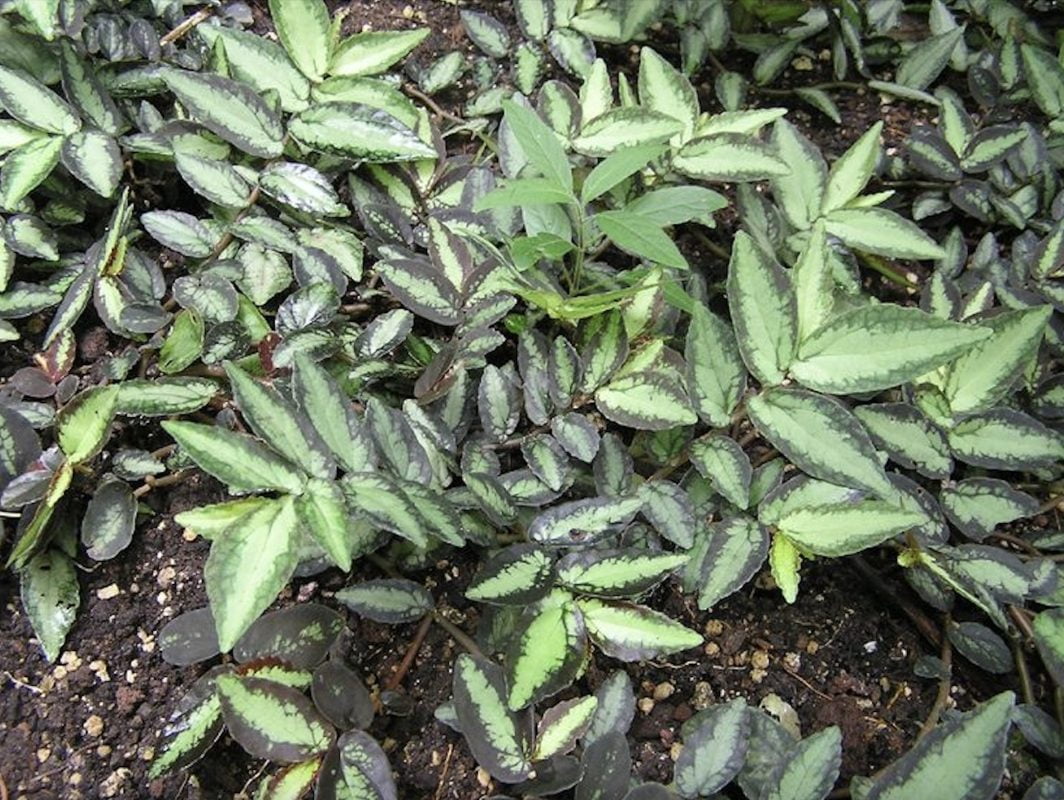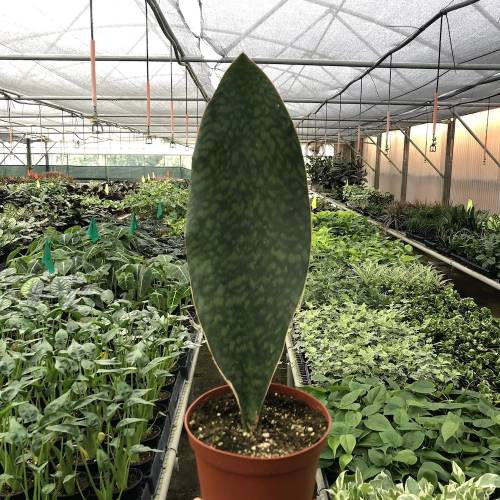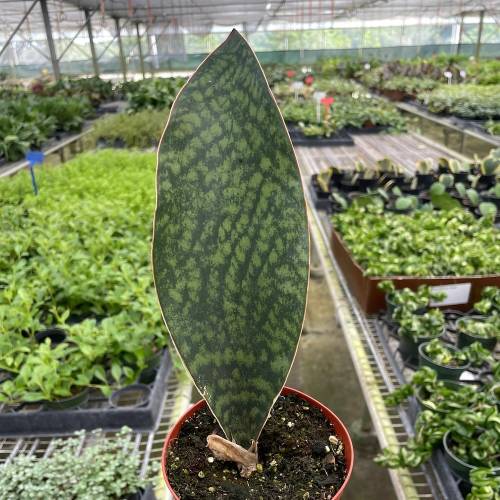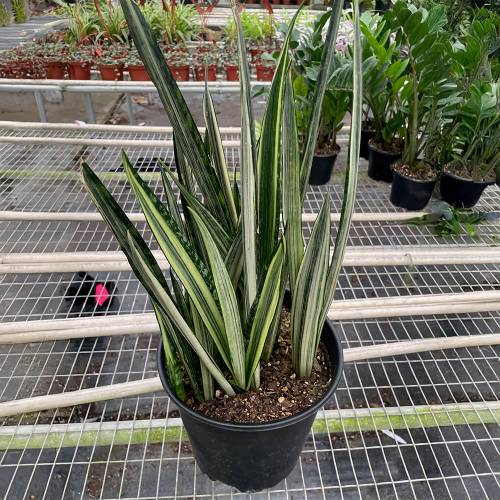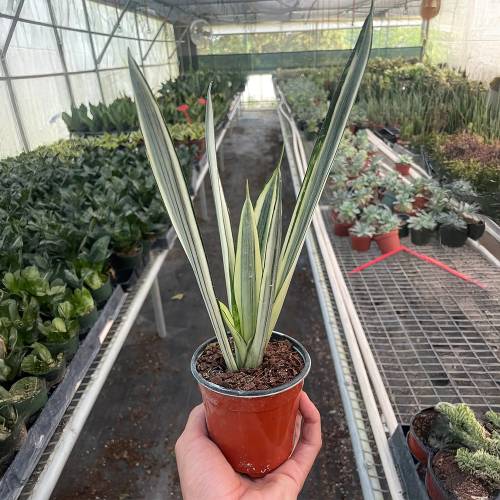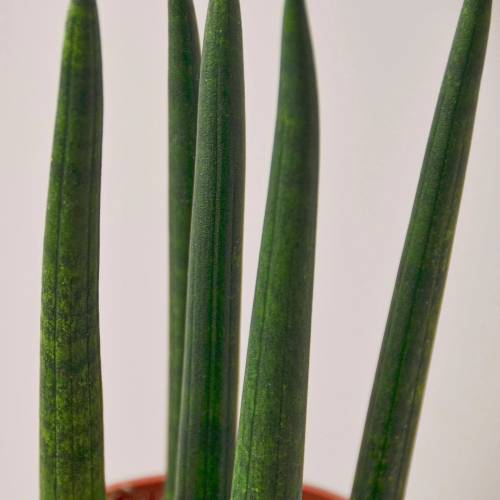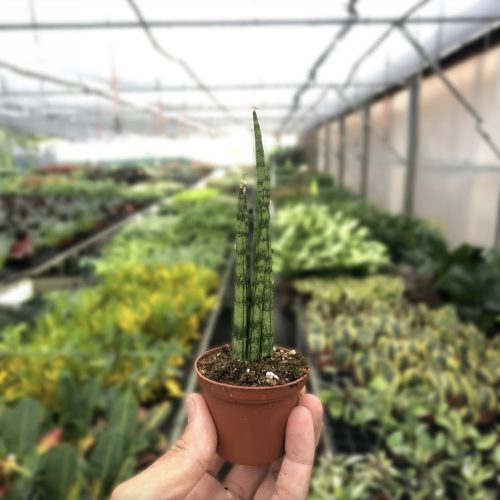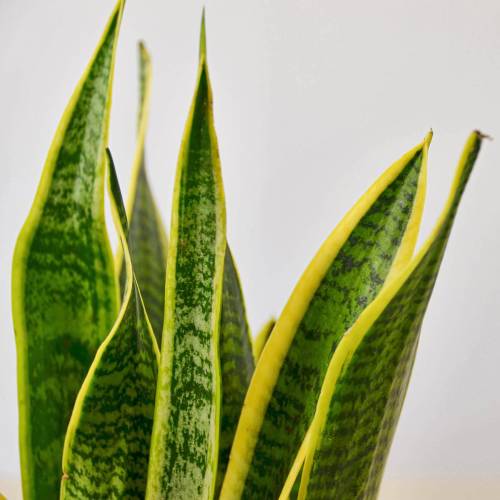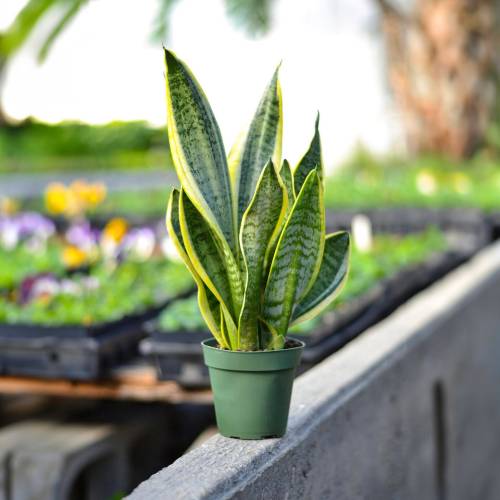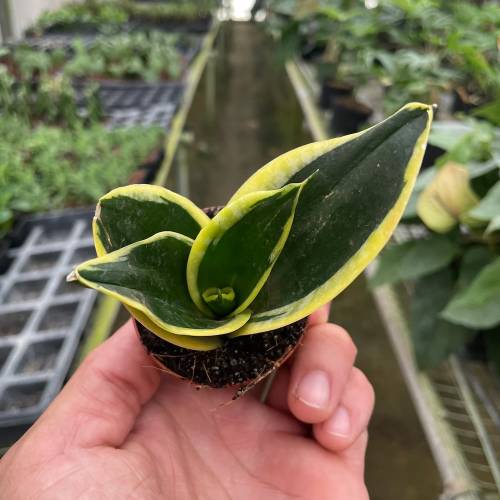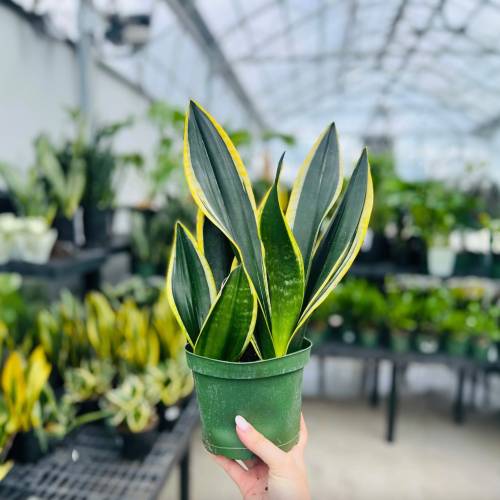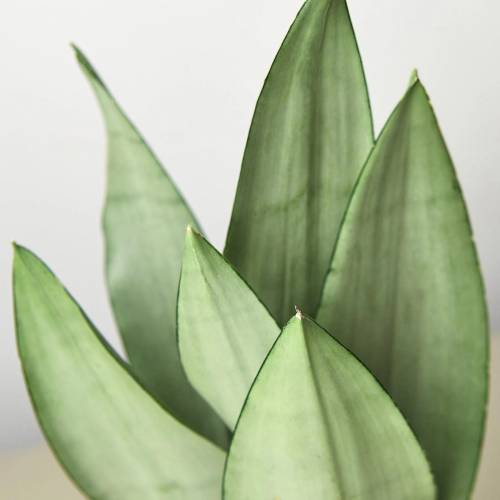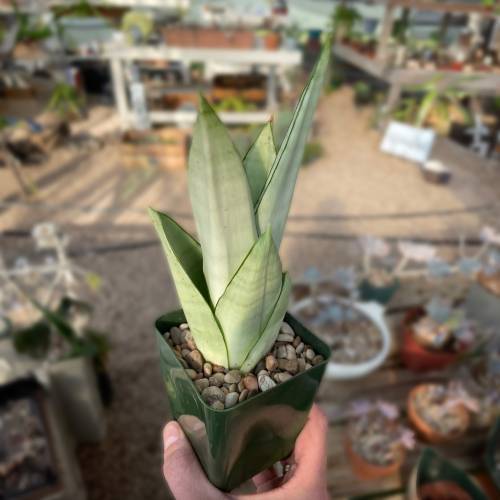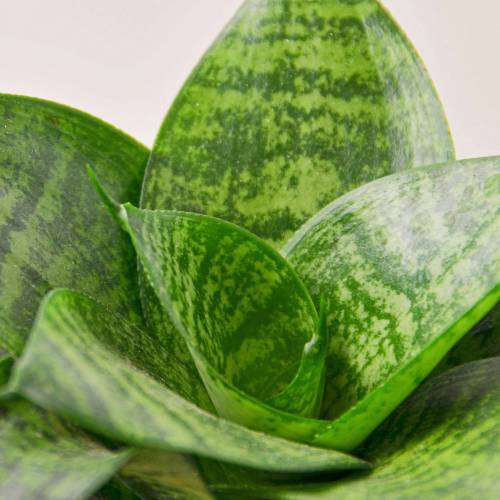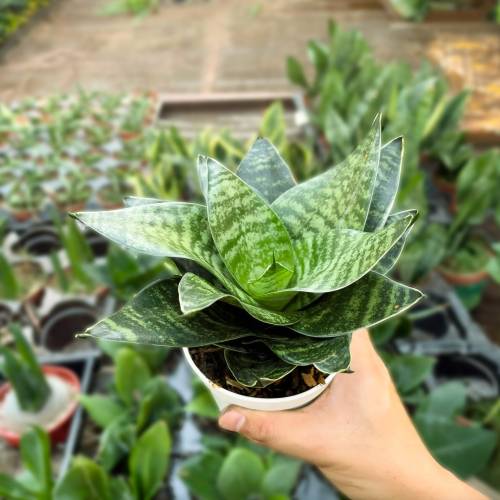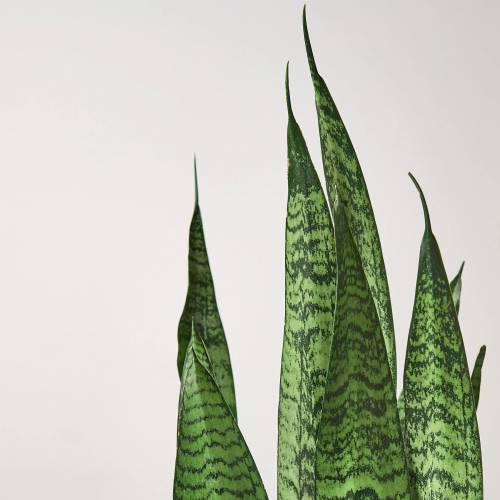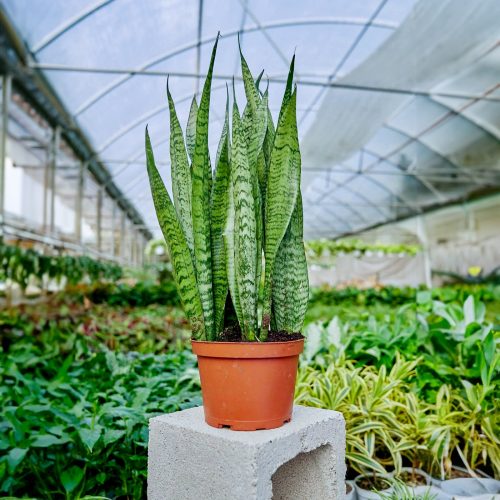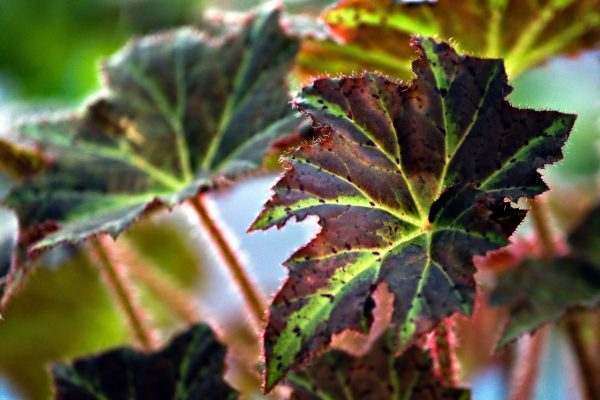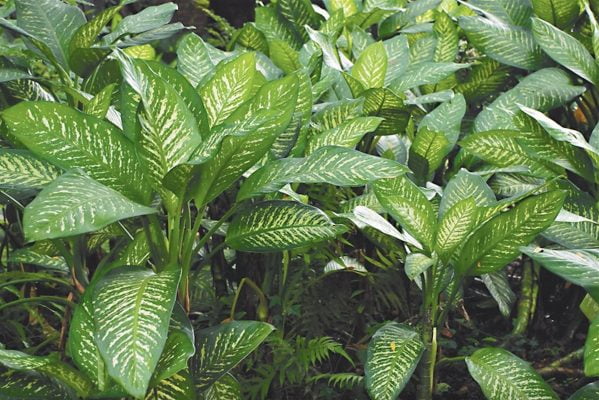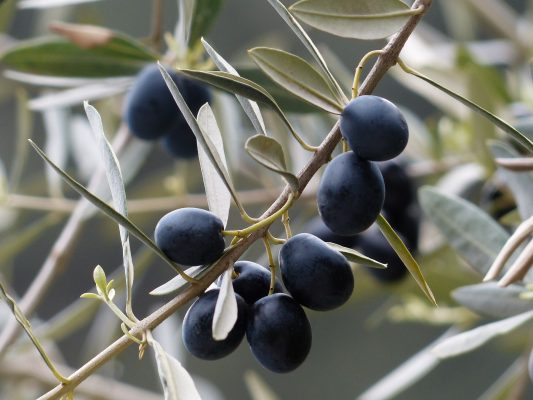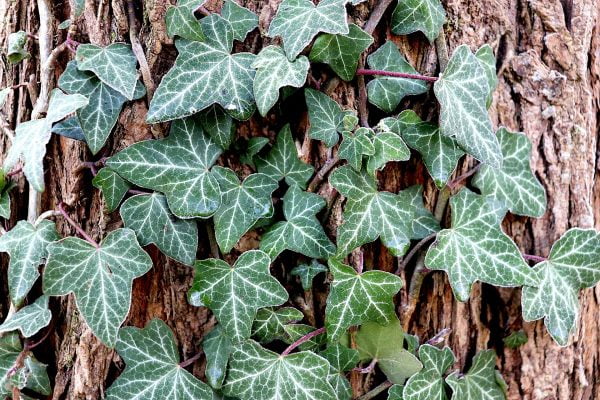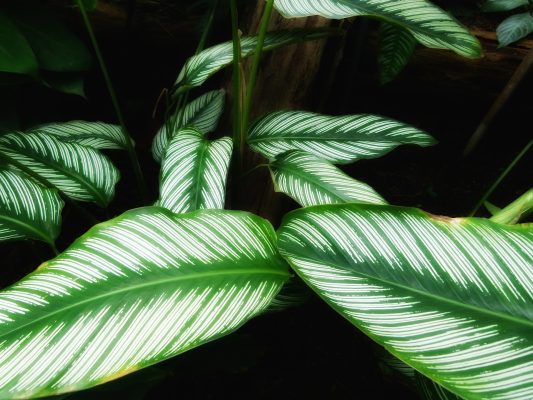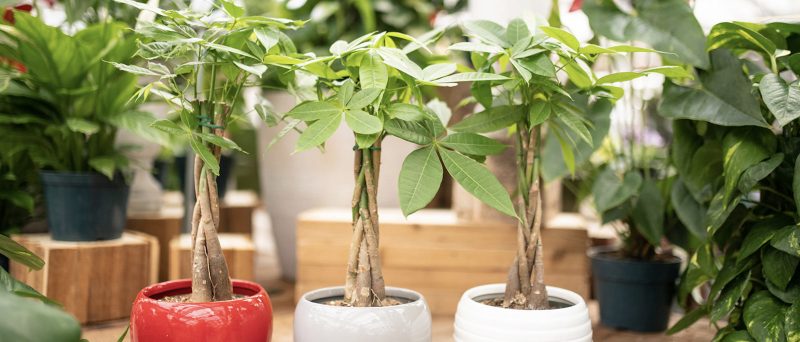The Snake Plant, revered for its striking appearance and air-purifying qualities, stands as a testament to nature’s resilient beauty. This comprehensive care guide is your key to cultivating the Snake Plant, guiding you through the steps to nurture its robust foliage, promote vertical elegance, and infuse your indoor environment with the enduring allure of this iconic species.
I. Plant Overview:
- Scientific Name: Sansevieria trifasciata
- Common Names: Snake Plant, Mother-in-law’s Tongue, Saint George’s Sword
- Origin: Native to West Africa.
II. Light Requirements:
- Ideal Conditions: Moderate to bright, indirect light. Snake Plants are adaptable and tolerate lower light conditions.
- Tolerance: Can thrive in low light but may exhibit slower growth.
III. Watering:
- Frequency: Allow the soil to dry between waterings. Water sparingly and avoid overwatering.
- Water Quality: Use room-temperature water. Snake Plants are drought-tolerant.
- Humidity: Adapts well to low humidity levels.
IV. Soil:
- Type: Well-draining, sandy soil. A cactus mix or succulent soil is suitable.
- pH Level: Slightly acidic to neutral (pH 6.0-7.0).
V. Temperature and Humidity:
- Temperature: Tolerates a wide range but prefers temperatures between 70-90°F (21-32°C).
- Humidity: Snake Plants are adaptable to low humidity but appreciate occasional misting.
VI. Fertilization:
- Schedule: Feed sparingly every 6-8 weeks during the growing season (spring and summer).
- Fertilizer: Use a balanced liquid fertilizer, diluted to half strength. Avoid excessive fertilization.
VII. Pruning and Maintenance:
- Pruning: Trim damaged or yellow leaves close to the base. Snake Plants generally require minimal pruning.
- Cleaning: Wipe leaves with a damp cloth to remove dust.
VIII. Repotting:
- Frequency: Repot every 2-3 years or when the Snake Plant outgrows its container.
- Procedure: Gently lift the plant, inspect roots, and repot in fresh soil. Choose a container with drainage holes.
IX. Common Issues and Solutions:
- Yellowing Leaves: Overwatering or inadequate light. Adjust watering and lighting conditions accordingly.
- Pests: Rare, but check for mealybugs or spider mites. Treat with insecticidal soap or neem oil.
- Root Rot: Ensure proper drainage to prevent waterlogged conditions.
X. Display Tips:
- Showcase the vertical elegance of Snake Plants in tall, decorative pots.
- Group Snake Plants together for a visually striking arrangement.
- Use Snake Plants as stylish additions to modern or minimalist interiors.
Caring for the Snake Plant adds an element of enduring elegance to your living space. This guide empowers you to cultivate Snake Plants, ensuring they thrive and bring nature’s resilient beauty into your indoor environment. Happy gardening!
our recommendation
you may also want to know



